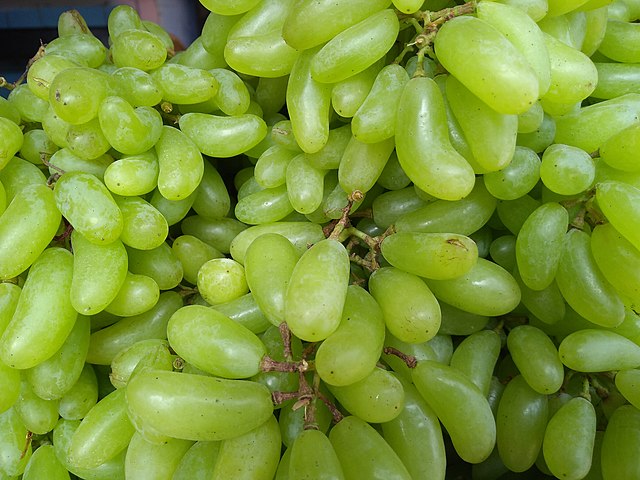California recently marked a centenary of table grape breeding on September 12, 2023. These milestones of research are courtesy of the U.S. Department of Agriculture’s research arm (ARS) and the California Table Commission, which entered the partnership in 1981.
Mr Ross A. Jones, Senior Vice President/ Chief Science and Technology Officer at California Table Grape Commission talks to Selina Wamucii about these exciting botanical developments.
“At some point down the road, all new table grape varieties will be powdery mildew resistant, which is very exciting”, says Mr Jones.
A recent report shows that USDA-ARS has developed top-of-the-industry seedless grape varieties. How significant is this?
“USDA has released 21 total table grape varieties across the 100 years,” Mr Jones explains, “16 since commission involvement in 1981. A total of 14 are still being commercially produced in CA and represented about 36% of the total CA volume in 2022 (approx. 34 million boxes). Note there are over 90 varieties grown commercially in CA. USDA varieties/ releases have been critically important to the CA table grape industry.”
This naturally leads to the place of California table grapes, especially the red seedless grape, in the consumer market.
“In 2022,” says Ross Jones, “97% of the 95.1 million box units were seedless varieties, and that percentage has been stable for a long time. Regarding color, total reds and greens have swapped the percentage lead the past couple season. Currently greens are roughly 47% and reds 44% (of total crop).”
Century of Research
Given the century of research, “varieties from the USDA breeding program have set a high standard. They have changed global table grape production.”
This milestone comes when California is recovering from a couple weather events this year that have impacted agriculture.
“Yes,” expands Ross Jones, “the hurricane that came through about a month ago during peak harvest has caused damage to much of the crop. Total volume of harvest and shipments will reduce significantly.”
Notably, California table grapes undergo careful research and propagation before they finally reach the consumer from May through January. Some of this research is in developing new disease-resilient table grape cultivars. Hence, will research come to the rescue in the face of such natural catastrophes?
“[Yes],” Mr Jones enthuses, “breeders have been working on pest and disease resistance for many years. The USDA breeding program has focused on powdery mildew resistance and has some experimental selections in the pipeline with resistance and commercial potential. At some point down the road, all new [California] table grape varieties will be powdery mildew resistant, which is very exciting.”
